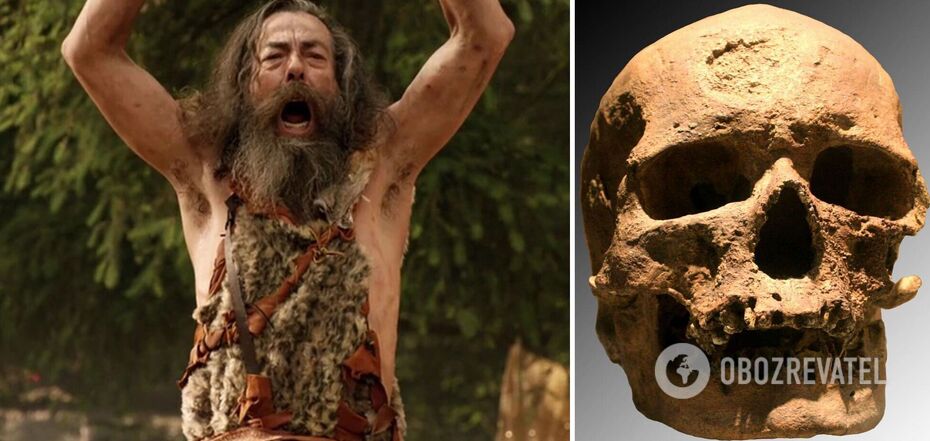Life
Scientists discover victim of the oldest murder in European history: it happened tens of thousands of years ago
In the French Cave, where a rocky site of Cro-Magnons, believed to have lived between 31,000 and 33,000 years ago, was discovered in 1868, the victim of the first murder in the history of the continent has been discovered. A representative of the Homo sapiens species was killed with a heavy and blunt object - probably a stone axe.
This is stated in a study published in the Journal of Human Evolution. The remains of eight individuals of Homo sapiens, who lived in the middle of the Upper Palaeolithic, were found in the cave. They are the earliest evidence of the existence of modern humans ever found in Europe.
Scientists who conducted a new study of one of the skulls found traces of blunt force trauma on it, and also established a gruesome detail: the victim could have been dying for a whole month.
Scientists had previously examined this skull, but could not agree on whether it was damaged during life or after death.
The problem with the skull, which is now in the National Museum of Natural History in Paris, is that it was partially glued together along the fault lines. This makes it difficult to analyse the nature of the cracks. To overcome this problem, the authors of the new study used high-resolution computed tomography (CT) to reconstruct a 3D model of the skull.
During the procedure, they noticed that the exposed surfaces at the fracture site were "smooth and undulating, like those associated with a perimortem fracture".
Subsequently, the researchers compared the damage to the skull with traces of brain injuries in more "modern" people who were treated in the pre-antibiotic era. This led them to discover that the porous fibrous bone formation closely resembled that seen in victims of traumatic brain injuries during the US Civil War.
In such injuries, soldiers usually survived for a short period of time before contracting meningitis, which was caused by a post-traumatic bacterial infection that caused swelling under the meninges.
"Death, which was preceded by delirium and coma, sometimes with convulsions, occurred a month or several weeks after the initial injury," the authors of the study said.
They believe that in the case of the deceased Cro-Magnon, everything could have been the same.
The theory of a prolonged death is also supported by the fact that the skull shows signs of partial healing.
Analysing the point on the head where the blow was delivered, the scientists also concluded that it could not have been an accidental injury and that it was most likely a violent attack.
"The defect looks like a penetrating injury caused by a blow from an object with a blunt edge, not a sharp edge like metal tools and weapons. In other words, it looks more like a chopping mark than a cut," the researchers explained.
They added that "a stone axe could be suspected."
Earlier, OBOZREVATEL reported that scientists made a discovery about Neanderthals. It turned out that they were a "parallel humanity".
Subscribe to OBOZREVATEL's Telegram and Viber channels to keep up with the latest news.



























